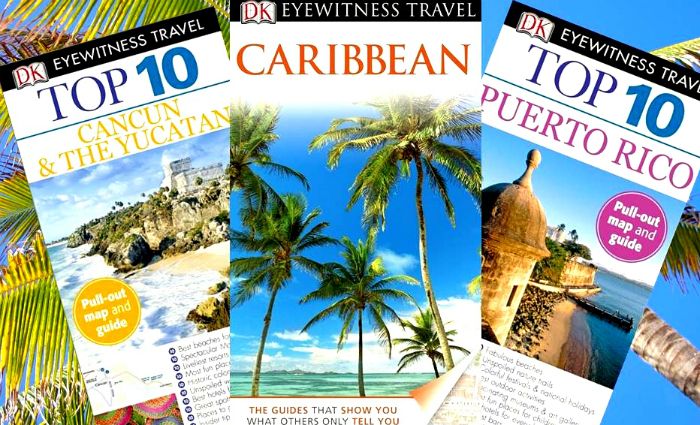
The death of printed guidebooks has been greatly exaggerated, with new research showing they are down but not out and still useful to many travellers.
A survey by Roy Morgan found that while the proportion of travellers who use guidebooks is down sharply in the past decade from 6.3 to 3.7 per cent, 12.1 per cent of those going overseas still use them.
The slide in popularity by international holidaymakers was only a third in the same period, down from 18.2 per cent, as people need more help in unfamiliar environments.
[Related: Books, outdoor buck print falls]
Roy Morgan account director Angela Smith says Australians whose last holiday took them to France, Italy and/or Britain were more likely to use guidebooks than people who went to Bali or New Zealand.
“Ever since the internet went mainstream, doomsayers have been predicting the death of the printed book, travel guides included,” she says.
“While the use of guidebooks is nowhere near as widespread as it once was, they still serve a purpose, with Aussies heading overseas markedly more likely to refer to them than those whose last trip was domestic.
“This makes perfect sense: Australian destinations are generally more familiar and less challenging to negotiate than foreign destinations (particularly those where English is not the primary language).”
Guidebooks also remain popular among certain demographics, including solo travellers (19.3 per cent), travellers who read non-fiction books (17.8), people who took their holiday with a partner (16.2) and those aged between 50 and 64 (15.9).
Smith says knowing these demographics means publishers can better target the books to appeal to travellers who still use them.
“Publishers of guidebooks don’t need us to tell them that the size of their market has decreased dramatically over the last decade,” she says.
“However, with a detailed understanding of the kinds of people who still use/buy guidebooks, they are better placed to tailor their product to fulfil the needs of these individuals, providing a viable (and desirable) alternative to travel websites and blogs, and ensuring their future survival.”
Guidebooks still rank behind friends and relatives, travel agents, and the internet as the top sources of travel information.
Comment below to have your say on this story.
If you have a news story or tip-off, get in touch at editorial@sprinter.com.au.
Sign up to the Sprinter newsletter
